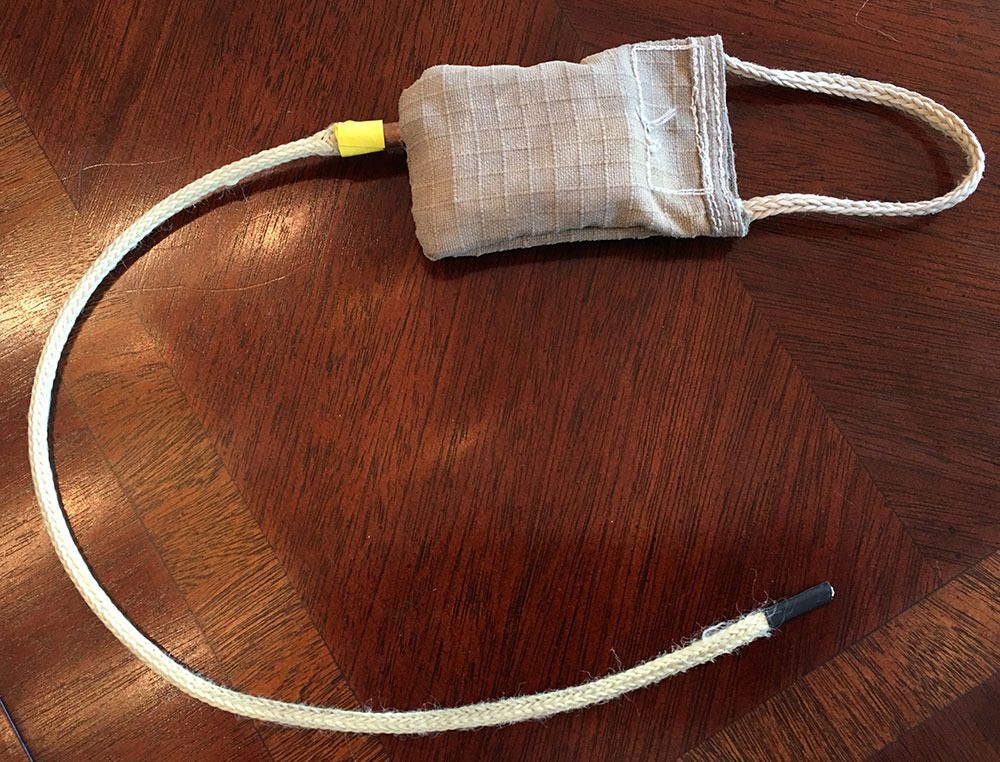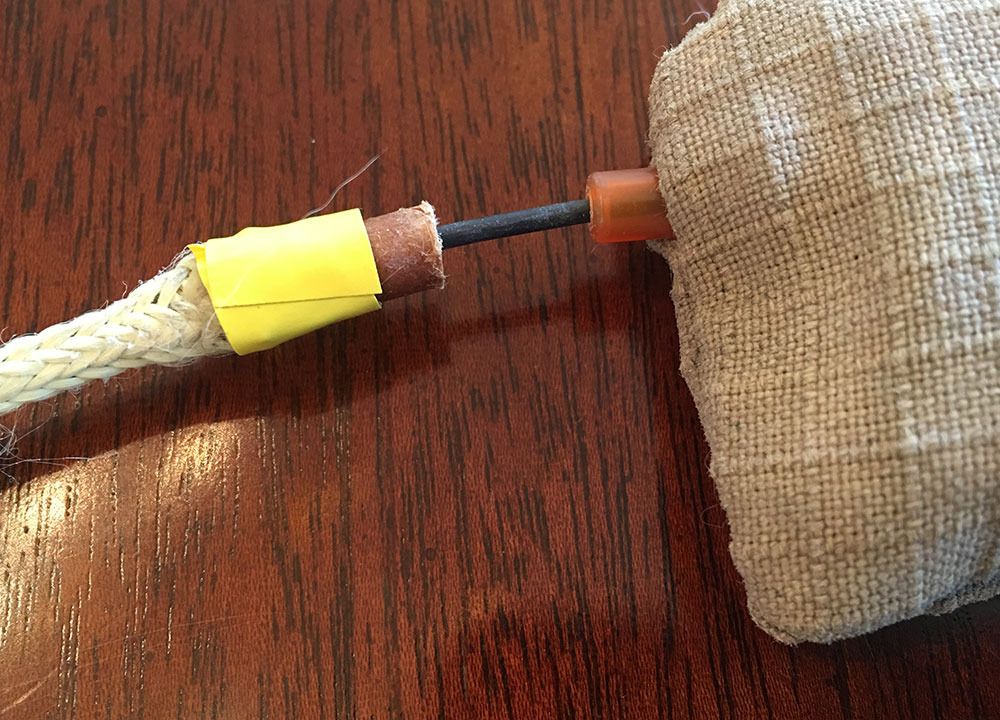My level 2 project uses an Eggfinder TRS with an external antenna. Unfortunately this puts the antenna right next to my ejection charge. I was thinking of using a nomex blanket taped around the antenna to protect it from the heat, but will this interfere with the signal? I have no idea how conductive nomex is.
And I'm also concerned about the shock damaging the antenna as well as the heat, and not sure how to deal with that issue.
Any tips from people that have done this before?
I presume you mean the duck antenna is on the aft bulkhead for apogee deployment? Or is it in the main chute bay? I use the cardboard tube that the AT wired igniters come in to stent my Beeline GPS antenna that is projecting into the main chute bay.
One wrap of plastic duck tape on the outside of the cardboard tube is protection enough. Keeps the main chute from smushing the wire antenna down.
Now you could do the same thing with an aft mounted antenna. Who cares if the cardboard tape wrapped stent falls off after deployment. Make a new one. Use clay or tape to secure it to the bulkhead. Or do the masking tape trick like Phil mentions.
I'm still using the 1st cardboard stent I ever made after 8 flights. The duct tape is hardly scorched. It is plastic, not metal tape and I did a range test before I flew it. Works fine. Remember the flash is just momentary and if there's some wadding or dog barf between the antenna and the charge, that will absorb some of the heat energy.
One thing I've done is soaked cardboard in a boric acid "fireproofing" solution (you can google some recipes) and then let the cardboard hang to dry. I can cut it into partitions to provide a method to divert the flash up the side of the rocket and give a little more protection to the chute/nomex package. You could make a sandwich for your antenna for some protection and again, once it's deployed, doesn't matter if it falls off. You just want to make sure it stays on until after the charge fires.
The other thing the fireproof cardboard is good for is in a longnecked rocket. I've had a couple of those I was afraid the shockcord would get cooked and I wouldn't be able to reach down and replace a sustainer shockcord.
I used two forged eyebolts on a bulkhead and swaged some heavy duty cable to form a large enough loop I can run my arm down and attach a shockcord on a quicklink to the cable. Yeah I bought that swaging tool for metal
cable. That was a little investment. I thought that loop could tangle the harness
and foul a deployment. What to do? I just cut some of the "fireproof" cardboard and partition the loop off to the side so the bulk of the deployment package sits one side of the partition and the single end of the harness is on
the other side. Never had a failure due to fouling yet in 10 years. Kurt





